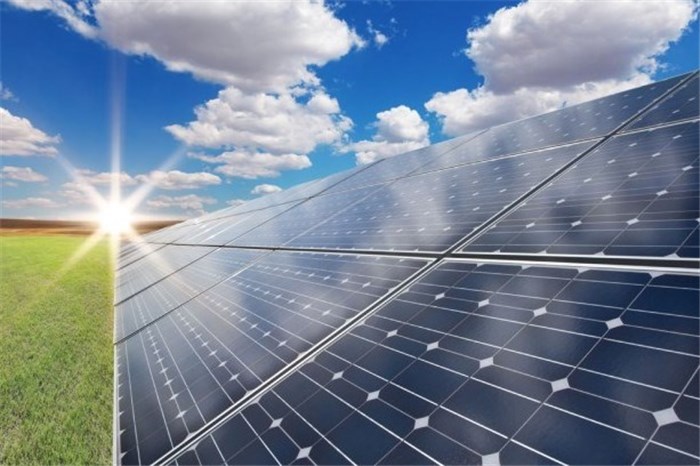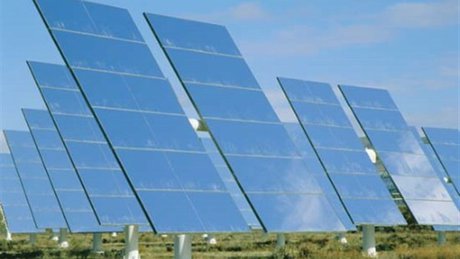صنعت انرژی در ایران- سه ماهه اول 2015
BMI Industry View
BMI View: Iranian plans to expand its energy sector continue to be hampered by ongoing uncertainty over the outcome of international talks to loosen sanctions on the country. It appears clear that the government intends to press ahead with the construction of nuclear power stations, but perilous government finances could threaten its ability to continue financing new power infrastructure projects. That said, if a deal is reached and Tehran continues investing in the sector, there is significant potential for rapid growth in the years ahead.

Iran will continue to rely largely on conventional thermal sources for electricity generation, with many of the power projects that are currently under construction slated to increase the nation's natural gas generation capacity. At the same time, the government appears committed to plans to increase its nuclear capacity, plans which had been boosted by progress in talks between Iran and the international community, which could see the US, the EU and other nations ease sanctions on Iran in return for the country ending its pursuit of military nuclear capability. Although the Bushehr plant (at present the country's only nuclear reactor) has suffered from significant teething problems, the plant has now become fully operational. However, progress towards a more wide-ranging deal has stalled and with the deadline for reaching a deal approaching, the outlook for the country's nuclear ambitions remains uncertain.
With abundant natural resources, a large and growing population driving up demand for electricity, and many of the country's neighbours suffering from energy shortfalls, the government will continue to invest in capacity expansion over the coming years, and exports to energy-hungry neighbours such as Turkey and Pakistan have the potential to grow significantly over the coming decade. That said significant challenges lie ahead. In particular, government subsidies continue to play a major role in driving energy consumption in Iran. The government has long harboured plans to scale back subsidies, and introduced a hike in electricity prices early in the year in an effort to boost fiscal coffers. Further moves in this direction are likely over the coming years. While such a move would ease domestic demand for energy, it would be positive from an overall macroeconomic standpoint, and could pave the way for increased exports to its neighbours.
Key Trends And Developments
■ The Iranian government announced in September 2014 that it had reached a deal with Russia for the construction of eight new power plants in the country. The preliminary contract, which is worth an estimated USD10bn, will see two power plants built in Tabas in the South Khorasan, two in Tabriz in the East Azarbaijan province and four in Bandar Abbas in Hormuzgan. Russian companies will be invited to submit their proposals in the next stage of the process, with the plants expected to generate up to 2,800MW. Iran has also announced that it will push ahead with the construction of two new nuclear power plants in the southern province of Bushehr, which is where the country's sole nuclear reactor is located at present. In a statement it claimed to have reached an agreement with Rosatom to build the plants, which will have an estimated capacity of 2,000MW.

■ The Energy Ministry announced plans to build 35 new dispersed power stations in the next calendar year (which begins in March 2015). The plants will be strategically located across the country's electricity grid in order to overcome bottlenecks in power supply and prevent shortages and outages. The ministry has allocated USD250mn for the construction of the power stations.
■ Mohammad Ja'fari, an official with the Energy Ministry, has announced ambitious targets for Iranian electricity exports. He claims that Iran has the capacity to export more than USD20bn worth of electricity and power equipment to neighbouring countries, a figure which is approximately equal to the value of Iranian oil exports. During the period 2014-2023, Iran's overall power generation is expected to increase by an annual average of 3.3%, to reach 313.3TWh. Driving this growth is the build-up of output from the country's first nuclear power facility, which was connected to the grid in 2012 and became fully operational in late 2013. Growth from non-hydro renewables generation is expected to accelerate and deliver an average annual supply growth of 2.5% over the 2013-2023 period.
■ Iran's 2014 real GDP is estimated by BMI to have grown by 2.8%, following an estimated contraction of 2.9% in 2013. We forecast growth to recover to an average of 3.5% between 2014 and 2023. The population is expected to rise from an estimated 78.5mn in 2014 to 87.3mn by 2023, while net power consumption looks set to see far greater gains, increasing from an estimated 189.9TWh in 2014 to 263.2TWh in 2023. Over 2015-2023, electricity demand is forecast at to grow at an average annual rate of 3.0%.
■ Owing partly to the projected rise in net generation, growth of which falls below underlying demand trend, Iran's power supply surplus is likely to increase slightly over the medium term, although the country is keen to develop its power export capability. A decline in the percentage of transmission and distribution (T&D) losses from an estimated 15% in 2014 to 13.8% by end-2023 will further support the widening of the surplus. The forecasted net export capability in 2023 is put at 6.9TWh.
گزارش تحلیلی بیزینس مانیتور- صنعت انرژی در ایران- سه ماهه اول 2015

